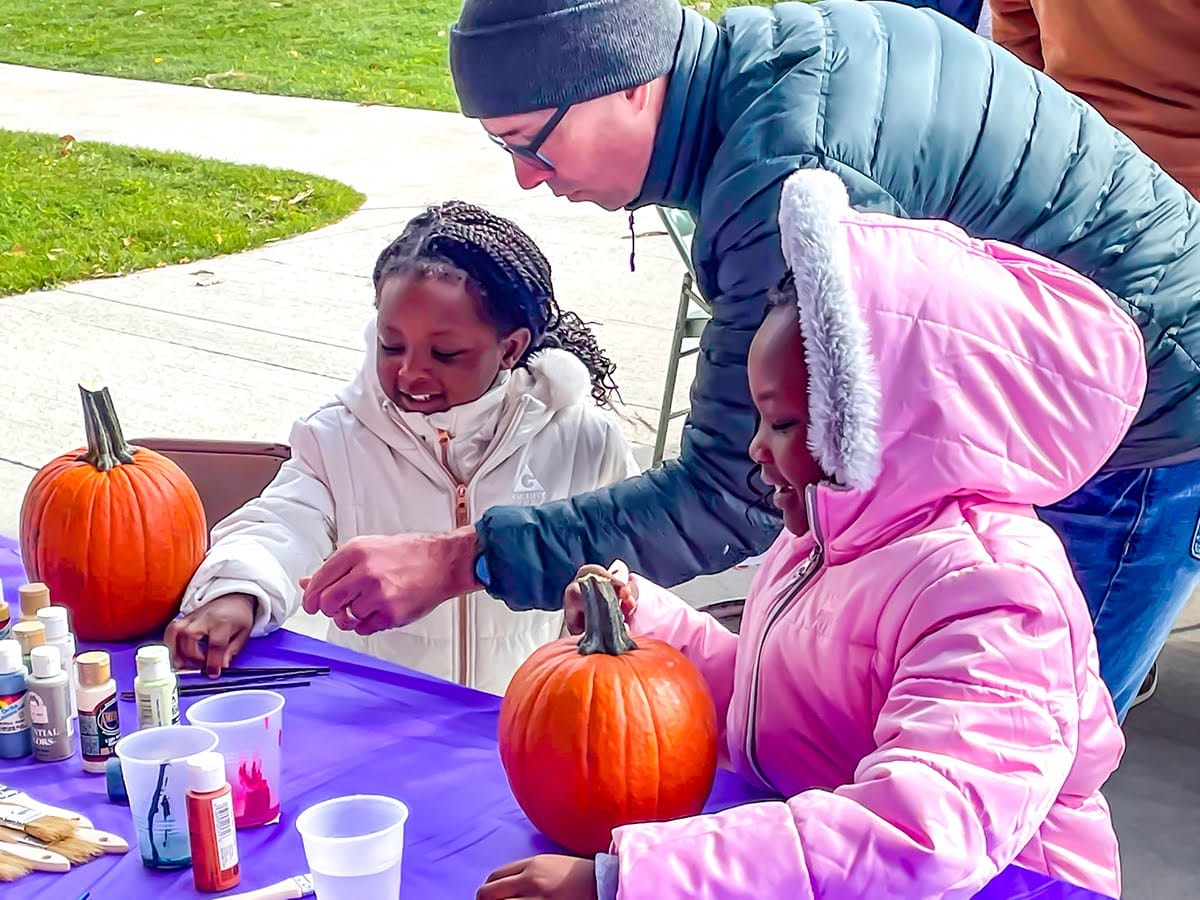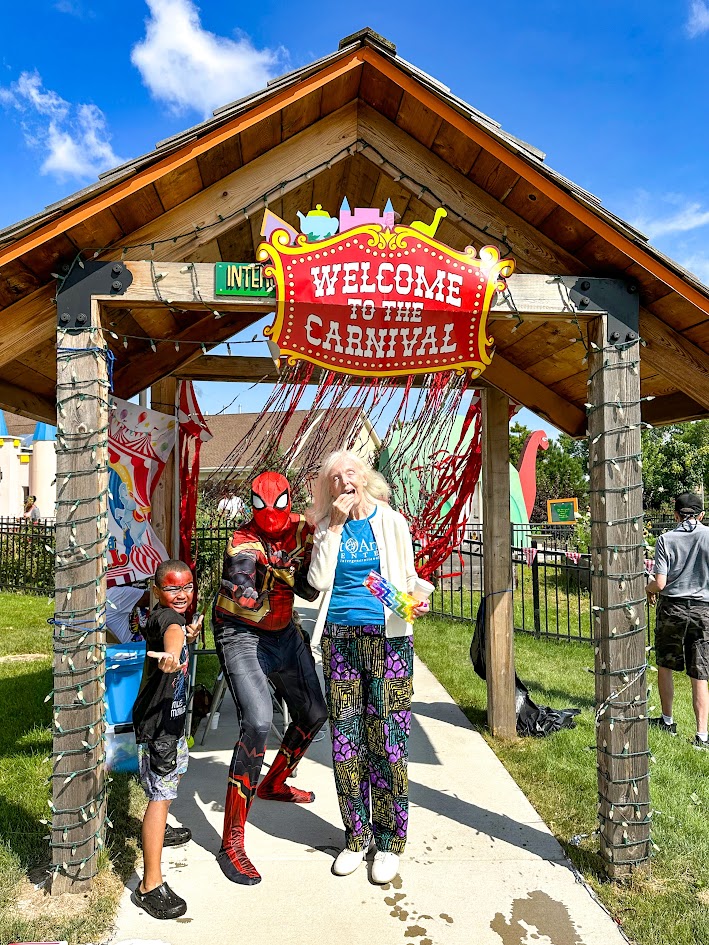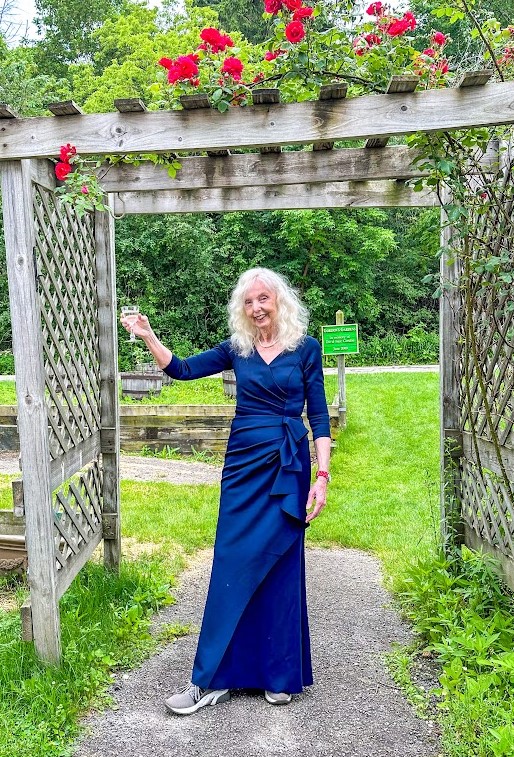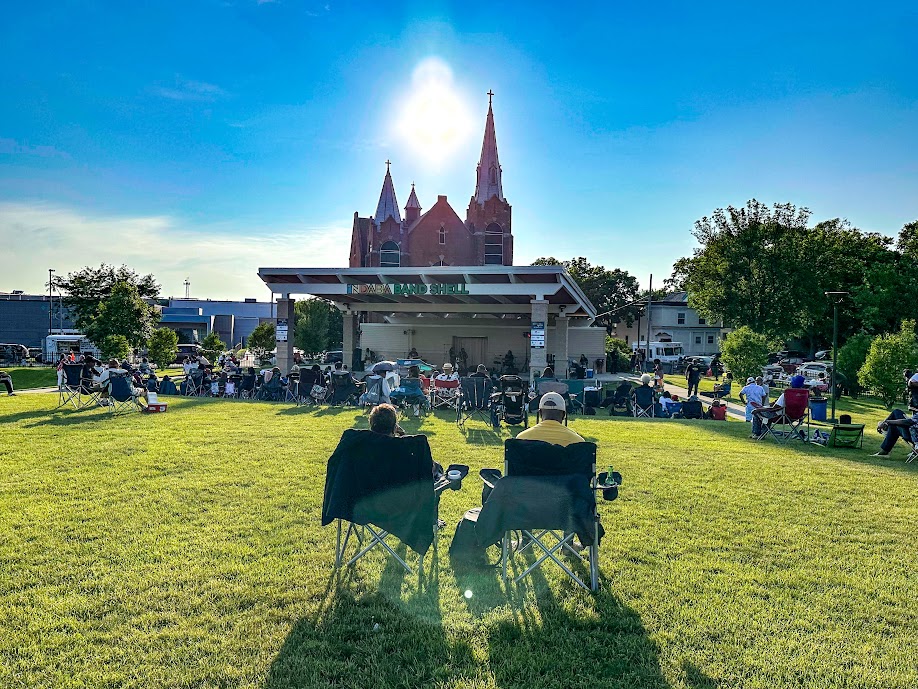
St. Ann Center for Intergenerational Care celebrated the 25th anniversary of its mission Oct. 5 at the Stein Campus, where it all began. Per the evening's "sneaker ball" dress code, the unseasonably balmy October evening saw guests dressed in gala…
Read More

FREE family event features games, good times and pumpkins for the kids. A family enjoys hunting the perfect pumpkin at Indaba Band Shell's Pumpkin Palooza. St. Ann Center Bucyrus Campus and the Indaba Band Shell will once again provide free pumpkins for kids and fall fun…
Read More

In response to the recent closure of multiple nearby K3 locations, St. Ann Center for Intergenerational Care has opened a new K3 program at its Bucyrus Campus, 2450 W. North Ave. The new K3 program runs from 8:30 a.m. to 3:30 p.m., Monday through…
Read More

MSO Principal Pops Conductor Byron Stripling The jazz legend and MSO Principal Pops Conductor performs Sept. 19 with keyboard great Bobby Floyd. Indaba Nights fans, jazz aficionados and fans of the MSO, get ready for an "Indaba Encore" that will bring…
Read More

Who could have guessed that an impossibly heartwarming moment of familial pride – offered by a teenage boy, no less — would turn into a nationwide gut check, even for those who cheered him? On the third night of the…
Read More

"Fun in the sun" were the words of the day at St. Ann Center's Bucyrus campus on Tuesday, Aug. 6. The campus held a summer carnival for clients of all ages! The day featured all kinds of carnival adventures, sweet…
Read More

Pair your gown with comfy kicks at St Ann Center's Homecoming: A 25th Anniversary Celebration Experience a grand celebration commemorating 25 years of care for all generations St. Ann Center for Intergenerational Care will host Homecoming: A 25th Anniversary Celebration on Saturday, Oct.…
Read More

There’s still plenty of time to make your Wednesday nights Indaba Nights! Come on down to the Indaba Band Shell behind the St. Ann Center Bucyrus Campus at 2450 W. North Avenue, Wednesday evenings. Recent shows have drawn audiences of…
Read More
